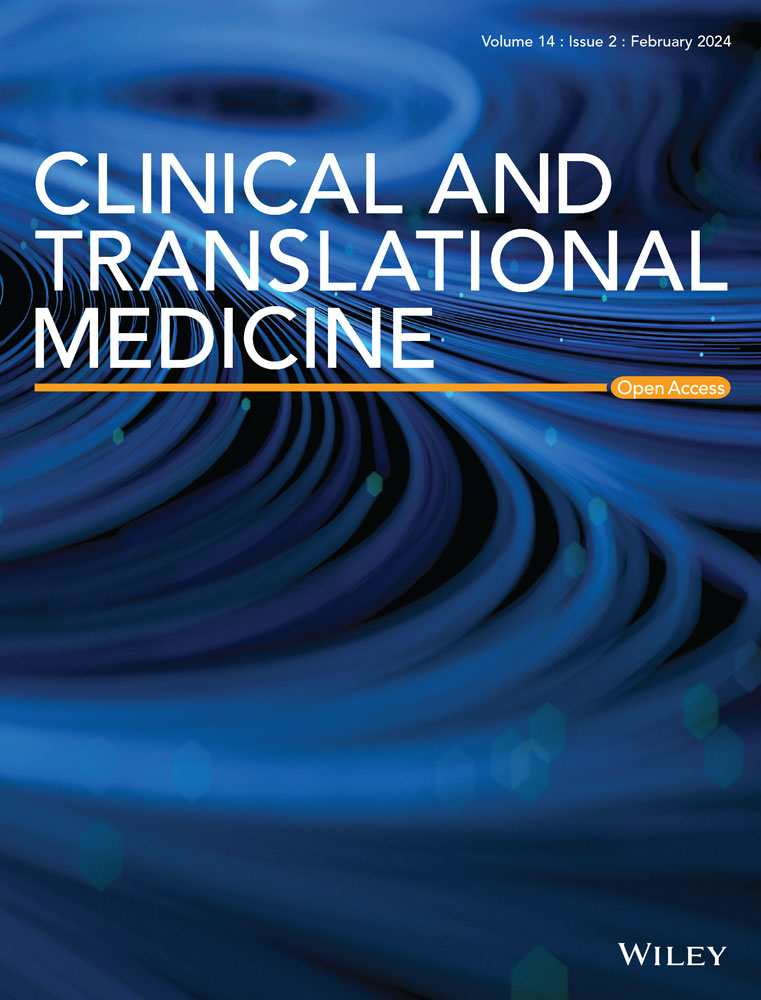Targeting capacity, safety and efficacy of engineered extracellular vesicles delivered by transdermal microneedles to treat plasmacytoma in mice
Abstract
Background
Engineered extracellular vesicles (EVs) are emerging as a highly potential platform for targeted drug delivery in cancer therapy. Although intravenous injection is commonly used in EV treatment, there is growing interest in using microneedles (MNs) for transdermal EV delivery; however, comprehensive studies comparing the tissue distribution, safety and antitumour efficacy of these two approaches for delivering engineered EVs remain scarce.
Methods
We used EVs derived from umbilical cord mesenchymal stem cells, modified with phospholipid‒polyethylene glycol‒N-hydroxysuccinimide and conjugated with CD38 peptides (CD38-EVs), to target myeloma cells that highly express CD38 antigen, and tested their safety and antitumour efficacy in mice with subcutaneous plasmacytoma, administrated via dissolvable transdermal MNs or intravenous injection. Flow cytometry, immunofluorescence and fluorescence molecular projection imaging analysis were employed to evaluate the distribution of CD38-EVs at the cellular level and within living systems. Additionally, histopathological analysis and biochemical analyses were conducted to assess the antitumour effects and safety of CD38-EVs loaded with doxorubicin (CD38-EVs-Dox).
Results
Compared to standard EVs, CD38-EVs exhibited enhanced uptake by CD38high tumour cells and reduced uptake by CD38-negative non-tumour cells in vitro. In plasmacytoma NOD/SCID mouse models, CD38-EVs encapsulated within MNs (CD38-EVsMNs) effectively targeted the tumour cells much more than the standard EVs encapsulated within MNs (EVsMNs) and CD38-EVs intravenously administrated (CD38-EVsi.v), with reduced distribution to the lungs and spleen. Additionally, CD38-EVs-Dox induced significantly greater cytotoxicity against the tumour cells than EVs-Dox in vitro, and CD38-EVs-DoxMNs significantly reduced tumour burden compared to both EVs-DoxMNs and CD38-EVs-Doxi.v, while maintaining favourable safety profiles.
Conclusions
CD38-EVs-DoxMNs have superior efficacy and safety in treating plasmacytoma mice, compared to CD38-EVs-Doxi.v, providing novel insights into the potential of MNs as a platform for delivering targeted engineered EVs in tumour therapy.
Highlights
- Enhanced tumor targeting: CD38-modified EVs (CD38-EVs) showed increased uptake by CD38high tumor cells while reducing uptake by CD38-negative non-tumor cells.
- Optimized delivery: MN-loaded CD38-EVs targeted tumors more effectively than MN-loaded EVs and intravenously injected CD38-EVs, with lower lung and spleen accumulation.
- Superior antitumor efficacy: MN-delivered CD38-EVs-Dox significantly suppressed tumor growth, outperforming intravenous CD38-EVs-Dox and MN-delivered EVs-Dox.


 求助内容:
求助内容: 应助结果提醒方式:
应助结果提醒方式:


